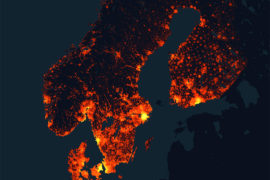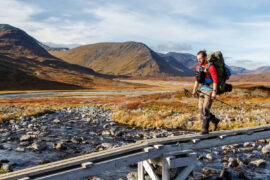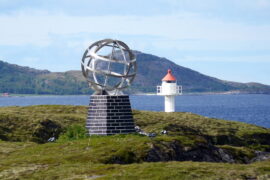Travelling solo around the world is becoming increasingly popular, particularly among women.
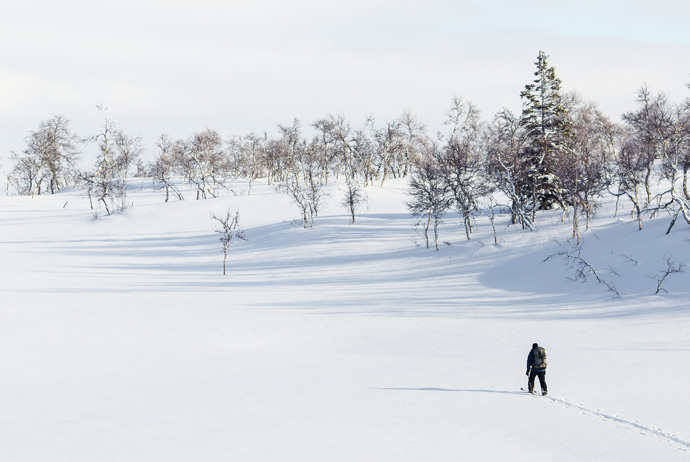
Many lone travellers are taking inspiration from the likes of 21-year-old Youtuber Jennelle Eliana, who has millions of subscribers tuning in to videos about her solo travels in a van (admittedly with her pet snake for company).
But what about Scandinavia? Is it a good place to travel solo? Does it work out more expensive than travelling in a couple? Is it easier for men than for women to travel alone? And is Scandinavia a safe region for solo travellers?
Check out our guide to the pros and cons of solo travel in Scandinavia, whih is packed tips on how to get the best out of a solo trip!
Is Scandinavia a good place for solo travel?
Well, the good news is that Sweden, Norway and Finland regularly rank in the top 20 in surveys of good countries to travel around alone.
All of the Scandinavian nations are affluent, developed countries. The transport infrastructure is good, the water is safe to drink, medical facilities are excellent, and health and safety standards are high wherever you go.
In addition, Scandinavia has excellent internet coverage and phone reception pretty much everywhere, plus some of the world’s lowest rates of corruption. And an extra bonus is that most locals speak at least some English.
Is accommodation expensive for solo travellers?
The bad news for solo travellers visiting Scandinavia is that accommodation is almost always cheaper if you can book a double room and share the cost.
That said, there’s a good network of hostels throughout Scandinavia, where you can get a decent-quality dorm bed for a reasonable price.

Hiking huts and mountain bunk-houses also charge per person and, like hostels, have the advantage of being great places to meet other travellers. These places also tend to have a nice laid-back atmosphere that gets travellers chatting with one another. Bring some cards or some snacks!
Is Scandinavia safe for solo travellers?
Crime rates in all Scandinavian countries are generally low, even in the cities. Stockholm, for example, was rated the world’s third safest city in 2017 and Helsinki regularly ranks high for safety.
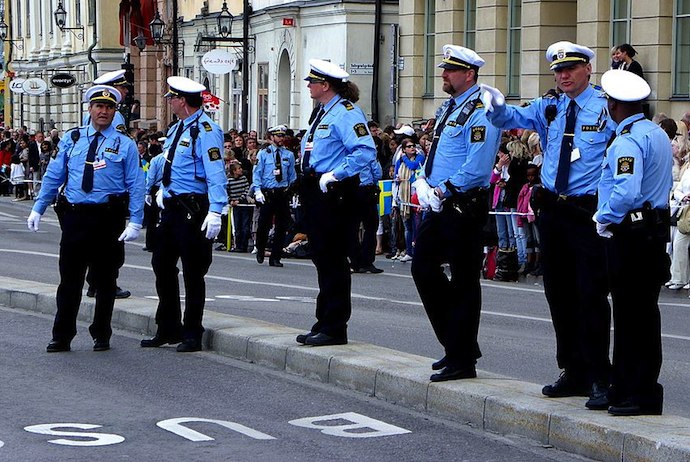
Norwegians will tell you that Oslo is more dangerous than other cities in the country, where crime rates are lower, though it is still one of Europe’s safest capitals.
That said, all cities suffer from pickpockets and petty crime, so you should always take the usual precautions, and never leave your baggage unattended. You can check the latest travel advice for Scandinavian countries on the FCO website (for UK residents) and the State Dept website (for US residents).
If you’re unlucky enough to need any contact with the police, you will usually find that they’re helpful – nearly every law enforcer in Scandinavia speaks decent English.
Is it safe for women to travel alone?
Anyone who has ever watched a Scandi-noir crime thriller, such as The Killing or The Bridge, would be forgiven for thinking the region is a hotbed of murder, rape and crimes against women.
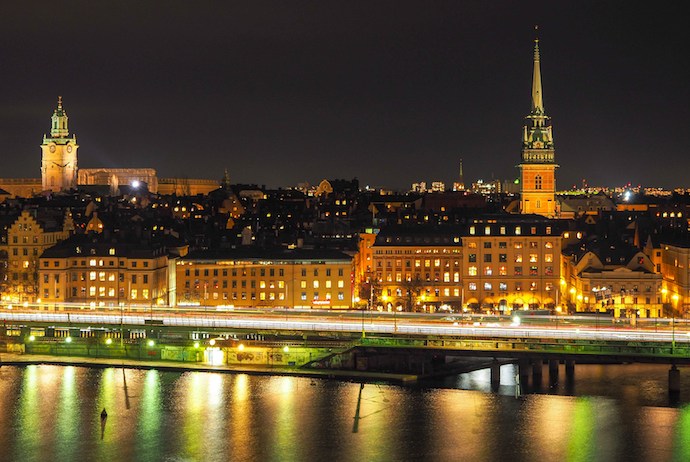
Obviously these are fiction, but violent crimes have increased slightly over the last few years, and you should always take care. Check beforehand which areas in the cities may be a bit dodgy – usually around main stations – and ask locals if there are any neighbourhoods to avoid.
On the whole, though, travelling solo for women is a pleasure. Gender equality is taken seriously in Scandinavia, and no-one will raise an eyebrow at a woman travelling or sitting in a bar or restaurant alone.
You’ll almost certainly get less unwanted attention or hassle than you might in southern European countries. Men are generally respectful, and cat-calling and wolf-whistling are rare.
In addition, the long dark evenings in winter mean that most Scandinavian cities are well-lit, so it’s pretty safe to be out at night in busy areas.
Are the locals friendly?
The Scandinavians have a reputation for being reserved and introverted. Danes are generally considered to be more outgoing than the Swedes and Norwegians, but it’s often more dependent on whereabouts in the country you are.

Generally, people are more chatty and welcoming in rural areas than in cities. That said, Scandinavian friendliness is certainly aided by alcohol, so enter a lively bar in Copenhagen on a Friday evening and you’ll make plenty of friends – for the evening at least!
Sport, too, is a great ice-breaker – go to a football match in any Finnish town or city and you’ll be welcomed with open arms.
Is it easy to meet people in Scandinavia?
You may not find Scandinavians as immediately open and friendly as the southern Europeans, but there are ways and means of getting to know the locals. This guide has some ideas for fun ways to meet people in Stockholm.
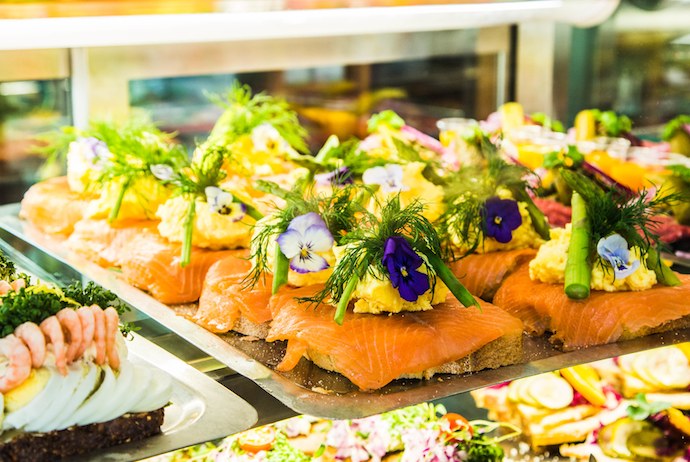
And, of course, a great way to meet fellow travellers of all nationalities is to go on a guided tour or learn a new skill.
There are plenty of tours run by natives that introduce you to less-touristy areas and local activities, such as this small group guided walking tour of Gothenburg or this Danish smørrebrød-making class.
Is it easy to travel to remote areas on your own?
Public transport is Scandinavia is generally efficient and well-run, but it can be expensive. And there are some pretty off-the-beaten track areas that you may not want to venture to alone.
Some of the more remote fjords, for example, can be difficult to access and may involve long journeys by public transport, followed by a long wait for a connection in unpopulated areas.
Weather is also something you should be aware of – in the countryside, especially, conditions can change quickly. Always plan ahead and, if you’re venturing off somewhere, let people know your plans and when you expect to be back.
Guided tours offer a great way to see some of the more dramatic, wild landscapes in the safety of a small group of fellow travellers. Let’s face it, going ice-fishing by snowmobile in the Arctic Circle wouldn’t be half as much fun on your own!
And if you plan to do some hiking to out-of-the-way places, having a guide is a real bonus to ensure that you don’t get lost, while fellow travellers can provide moral support when tackling the hardest sections.
This guided hike up the dramatic Pulpit Rock is the best way of ensuring you get safely to the top – and that there’s someone with you to take the photo for proof!
See also:



